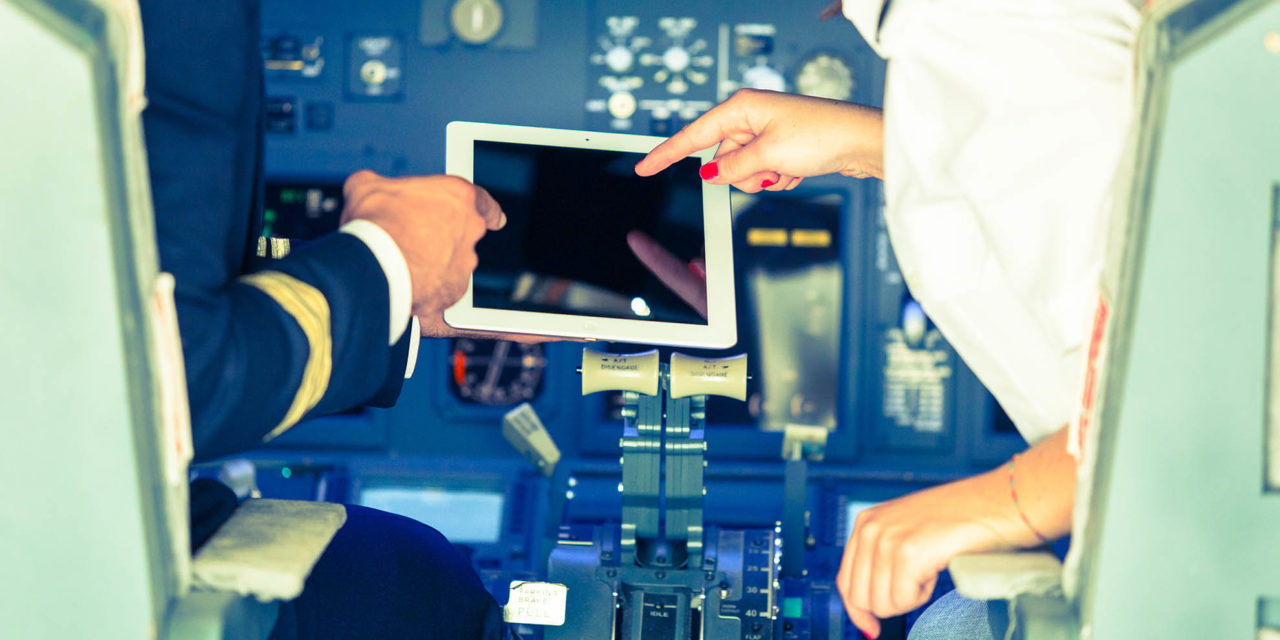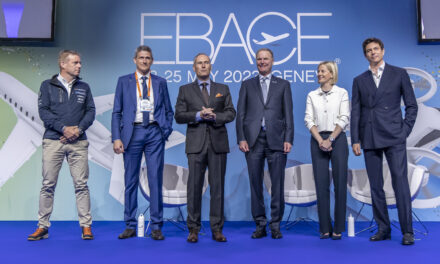The airline operations sector had adapted itself to the numerical trend that began a decade ago with the digitization of data. However, even if many players have rushed into the breach, the disparity of offers remains a brake to the democratization of the daily use of digital tools in air operations.
Standardization
The main service providers in the field of operations quickly realized the interest of the many digital applications in the preparation of flights: digital maps, automation of flight plans, calculation of performances, weather data, etc. However, if there are many softwares available today, they have no interaction between them. In fact, performance and data calculation bases can vary between applications of the same type. The fact that these data, which as a whole are relatively accurate, are not standardized penalizes the optimization of their use. The observation is simple. Despite a digitization of the sector initiated shortly after the crisis of 2008, there is not, ten years later, a single platform encompassing all services related to flight preparation and monitoring operations. Aware of this lack, however, we have evaluated for several years the feasibility of such a product. Recently available, and in constant evolution, this software is the only one currently available on a very competitive market.
The human at the heart of the decision process
However, despite the availability of this product for several years, we have to note that large providers have delayed its use. It is surprising especially as the highly competitive airline sector requires an increased responsiveness.
Because for the airlines, especially in the “low-cost” sector where competition is hard for several years, it is important that the air operations tasks rely on a particularly effective service. The same is true for business aviation companies for whom “ops” are a time-consuming and costly function. Its dematerialization and robotization can greatly contribute to lower operating costs and improve profitability.
Such an organization that allows crews to focus only on the flight, also has the advantage, by placing the human factor at the heart of the decision process, to optimize flight safety. The challenge for the airline sector is important.
This standardization of applications, based on competitive and efficient systems, cannot escape the civil aviation authorities.
Specific regulations to use these new tools, especially for the preparation of flights, will promote the development of these systems, thus providing greater profitability for operators and greater safety for passengers.









